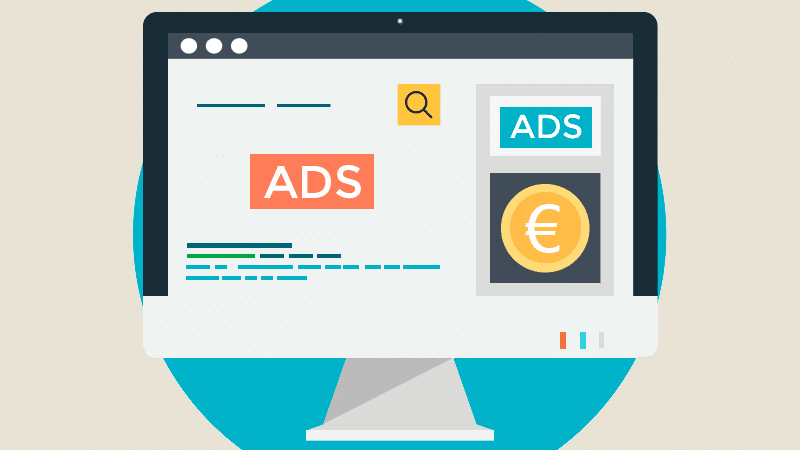Meta Ads: How They Work and Why They Matter

Introduction
In today’s digital landscape, advertising is essential for businesses looking to expand their reach. Meta Ads (formerly Facebook Ads) provide a powerful way to connect with potential customers across Facebook, Instagram, Messenger, and the Audience Network. With advanced targeting, flexible budgets, and a variety of ad formats, Meta Ads have become a key tool for businesses of all sizes.
If you're wondering what Meta Ads are, how they work, and whether they’re right for your business, this guide will break it all down.
What Are Meta Ads?
Meta Ads are the paid advertising services offered by Meta, the parent company of Facebook and Instagram. These ads appear in users' feeds, stories, reels, and even within Messenger. Businesses use them to promote products, drive traffic, and increase brand awareness.
Unlike traditional ads, Meta Ads allow advertisers to target specific users based on their interests, behaviors, and online activity. This makes them one of the most effective digital marketing tools available today.
Why Businesses Use Meta Ads
Meta Ads are popular because they offer several advantages:
- Massive Reach: With billions of users on Facebook and Instagram, businesses can reach large audiences.
- Advanced Targeting: Ads can be shown to specific demographics, interests, and even past website visitors.
- Flexible Budgets: Businesses can set daily or lifetime budgets, making Meta Ads accessible for both startups and large corporations.
- Multiple Ad Formats: Businesses can use image ads, video ads, carousel ads, and interactive shopping ads.
- Detailed Performance Insights: Meta’s analytics tools help advertisers track engagement, conversions, and return on ad spend.
How Meta Ads Work
To run a Meta Ad, businesses must go through several key steps:
- Create a Meta Business Account – Set up a Meta Business Suite or Ads Manager account.
- Choose an Objective – Define the campaign goal, such as brand awareness, website traffic, or lead generation.
- Define Your Audience – Use demographic filters, interests, or retargeting tools to reach the right people.
- Select Ad Placements – Choose whether the ad appears on Facebook, Instagram, Messenger, or all platforms.
- Design the Ad – Upload images or videos, write compelling copy, and add a clear call-to-action (CTA).
- Set a Budget and Schedule – Decide how much to spend and how long the campaign will run.
- Launch and Monitor – Track ad performance using Meta’s analytics and make adjustments for better results.
Meta Ads vs. Google Ads
While Meta Ads focus on social media advertising, Google Ads target people searching for specific products or services. Meta Ads are more effective for brand engagement and social interactions, whereas Google Ads work best for high-intent searches where users are actively looking for solutions.
Both platforms have their strengths, and many businesses use them together for a well-rounded marketing strategy.
Best Practices for Running Successful Meta Ads
To get the most out of Meta Ads, businesses should follow these best practices:
- Use High-Quality Visuals: Clear and engaging images or videos grab attention faster than text-heavy ads.
- Write Compelling Ad Copy: Short, persuasive messages with strong CTAs encourage action.
- Test Different Audiences: Running A/B tests with different targeting settings helps find the best audience.
- Optimize for Mobile Users: Most social media users browse on mobile, so ads should be mobile-friendly.
- Monitor and Adjust: Regularly checking ad performance allows businesses to make improvements for better results.
Conclusion
Meta Ads are a powerful way for businesses to reach their target audience, build brand awareness, and drive sales. With advanced targeting options, flexible budgets, and engaging ad formats, they offer an effective solution for digital marketing.
By understanding how Meta Ads work and following best practices, businesses can create high-performing ad campaigns that maximize results.




